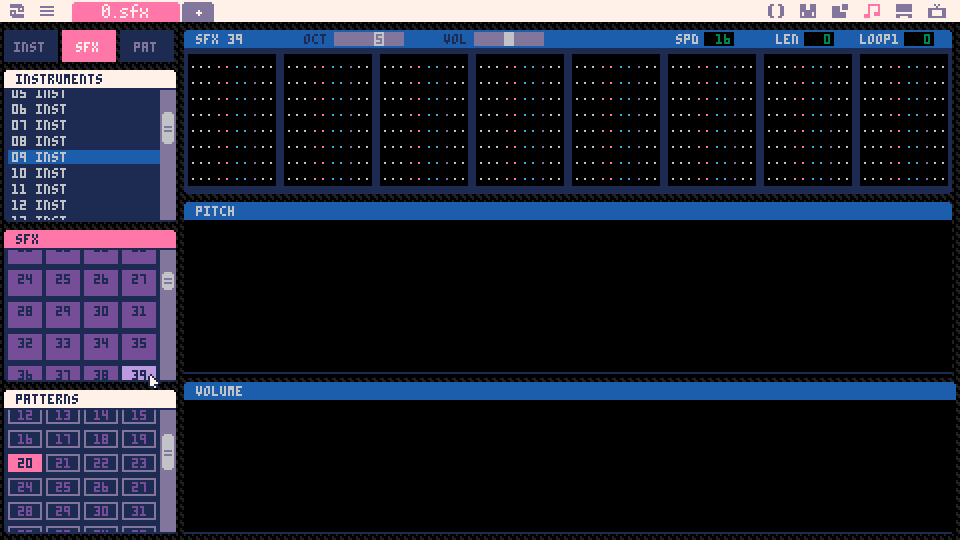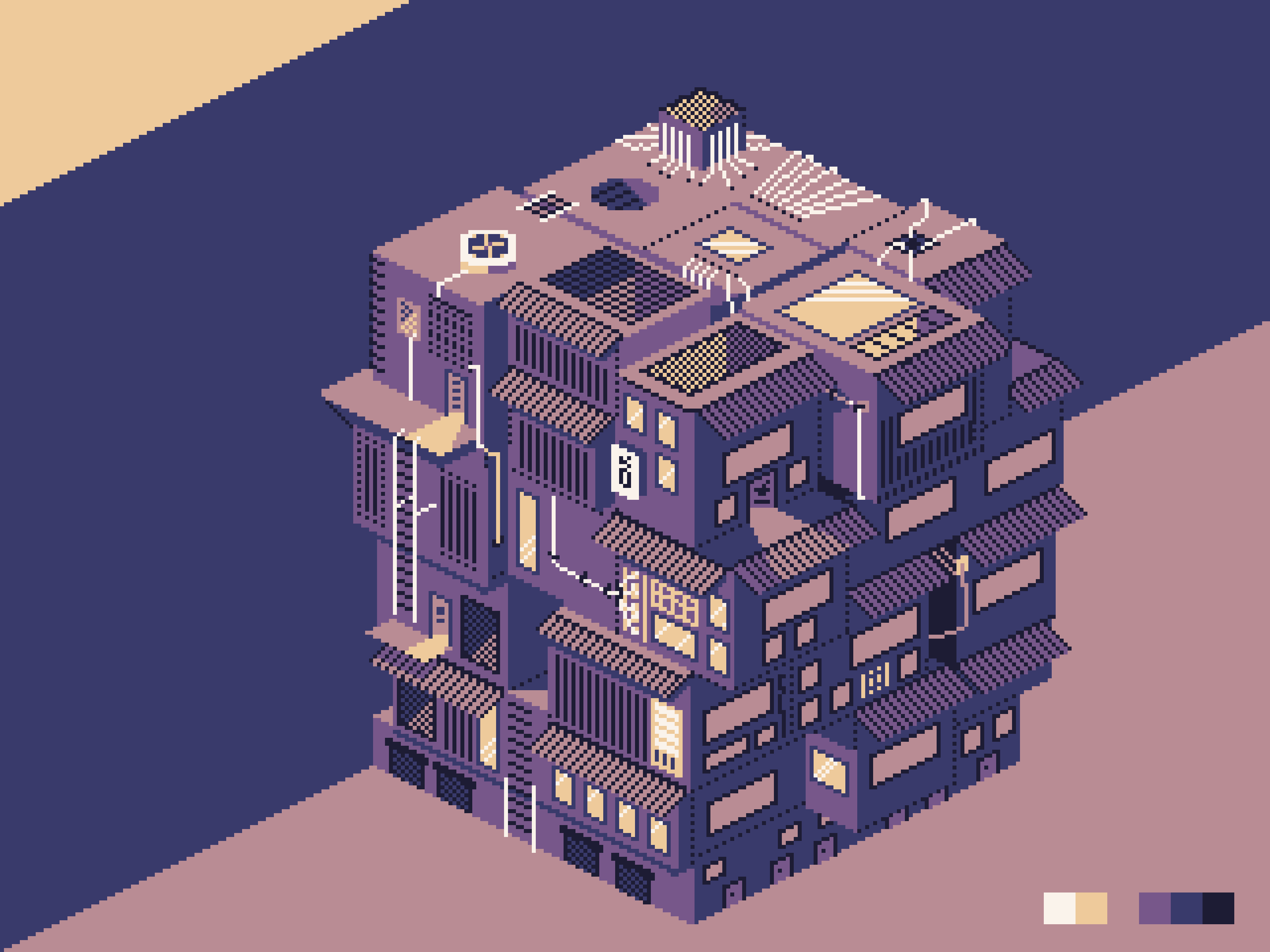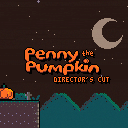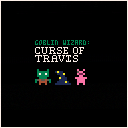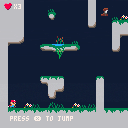
A flappy bird clone
Press x to fly/hop.
Press o to reset after gameover.
Totsugeki is a celeste mod where you play as May from Guilty Gear.
Controls:
Arrow keys - Movement
Z/C - Jump
X - Totsugeki
Happy Birthday May!
Credits to Maddy Thorson and Noel Berry for the original Celeste Classic.
Link Vào Nhà cái AE888 COM Không Bị Chặn - Giao diện hiện đại, giao dịch nhanh chóng, đa dạng các game cá cược như Đá Gà thomo, live casino, bắn cá...
Hashtag: #AE888COM #AE888 #AE888CASINO
https://ae888com.vip/tai-app-ae888com/
https://ae888com.vip/khuyen-mai-ae888com/
https://ae888com.vip/rut-tien-ae888com/
https://ae888com.vip/nap-tien-ae888com/
https://ae888com.vip
Modified version of the classic Tic-Tac-Toe where there cannot be a tie!
Inspiration for this game came from a friend.
Enjoy!
DVD Bounce Screensaver!
Thought it would be hilarious to make one of these.
Customizable settings such as ball speed, starting color, and turning off the sound.
If you all don't care again I need help with object pickups in my game when you pickup an object (artifact) you get a score of 1 point. What I need to know is how to add a spawner for that object and how to make the player pick it up.
Many thanks.
BTW I tried to use a YouTube tutorial with no luck
--pickups
function ipickups()
pu={
x=63,
y=50,
act=true,
}
artifacts=0
end
function upickups()
if pu.act then
if abs(px-pu.x)<=4 and abs(py-pu.y)<=4 then
pu.act=false
artifacts+=1
end
end
end
function dpickups()
if pu.act then
spr(6,pu.x,pu.y,4,4)
end
print("artifacts: "..artifacts)
end |
Hi zep,
I did send this trough mail but didn´t got an answer so i also post it here in case you missed it:
Can you look at how to solve high cpu usage in picotron? When i start picotron i have 2 seperate picotron threads that uses for about 14 to 19 %, wich both leads to about 40% of cpu usage of picotron alone, and this is only in idle when doing absolutely nothing in it and not loading anything within picotron, so no file is loaded within picotron, it's already at that cpu usage when just launching picotron and it stays that way also when keeping it open that way even if i let it just in the background.
Now i have an idea: would it be possible to have pico-8 within picotron? As far as i can see, it would make it much easier for you, just one application for you to maintain and update, fixing bugs..., and also for us users it's much easier to make things for pico-8 as making things in picotron within thesame application. pico-8 has it's own filetype and picotron has it's own filetype, so it can already see when it needs to have the specs for pico-8 or picotron. And with the better resolution in picotron it is also better to code within picotron for coding for pico-8, so benefits within picotron available for pico-8, the editing/coding with picotron specs while the limitations of pico-8 cards stay thesame at run time.
It's also like for example the commodore 64 and 128 in the time.... then you could code for the commodore 64 on the commodore 128.
Greetings,
Steve
Just a simple anime style wallpaper for Picotron.
A small 10 cart pack I made out of my favorite PICO-8 games!
Download it here: https://drive.google.com/file/d/1Zwh_h1KuetpasXUY3URkKkPPE5zf3xMP/view?usp=sharing
Credit for the games goes to their respective creators. Thank you for sharing these awesome games :)
Hey all! Here is my humble contribution to the shmup genre. Hope you enjoy!
Instructions:
Destroy 30 waves of space pirates and recover the space doubloons they leave behind.
The more doubloons you collect, the higher your score. The ring around your ship indicates the range of your tractor beam which attracts doubloons.
Destroying space pirates will increase your score multiplier. Letting a space pirate escape the area will reset this multiplier to zero.
Defeating an entire wave of space pirates will increase your level multiplier which will also increase your score.
You will receive a time bonus that increases the longer you stay alive.
Every 5th wave, a random powerup will appear. Collecting powerups will upgrade your ship. Powerups can only be upgraded 3 times.
The type of powerup will be indicated by the letter displayed:
W - Increases the overall damage of your ship's weapons
S - Increases the number of defense drones. Drones will circle around the your tractor beam, damaging enemies when hit and firing projectiles.
T - Increases your tractor beam range, allowing you to collect doubloons easier. Also increases the rotation of your defense drones.
B - Increases your bomb count. These will only appear after a powerup has been fully upgraded. There is no limit to the amount of bombs you can carry.
Colliding with space pirates or their projectiles will damage your ship. You can only take damage 3 times before being destroyed.
The closer you are to the top of the screen, the faster you shoot
Controls:
Move: Arrow Keys
Shoot: Z
Bomb: X
Pause: Enter
WARNING:
This game may potentially trigger seizures for people with photosensitive epilepsy. Viewer discretion is advised.
Hey guys. I was wondering if I could get help to get a game over screen when the enemy collides with the player.
If anyone wants to help comment on your ways to help.
Thank you.
a = {x=10, y=25}
b = a
b.x = 99
print(a.x) |
This prints 99 but I assumed it would print 10.
I wrote code with a start table. Then I set a position table equal to the start table. I was hoping to update the position table but reset the position back to the start point at any time I wanted. I tested this out in php to make sure I wasn't crazy and it worked like I expected. I tried it out in strict Lua but it gave the result above. Why does Lua change the a table when I only changed the b? How do I deal with this?
The Packbats' 2-node Instrument Collection - on the BBS as #packbats_2node - came from the same place as our guide to Picotron's instrument designer: with PICO-8 you had loads of instant sounds that came with the fantasy console, but with Picotron you didn't. So: we wrote a guide, then we made some instant sounds.
The 2-node part (is it 2 nodes? does the output mixer count? if the output counts it's three) was for three reasons, only one of which makes us feel arrogant:
- By forcing us to make something simple, we get it done faster and easier, which means the community has it sooner.
- By leaving space for more nodes and leaving unused envelopes, we make it easier for musicians to modify our instruments to their needs.
-
By refusing to use all the tools at our disposal, we refuse to make you as a sound designer feel like you can't compete. We're proud of what we made, don't get us wrong, but the joy of playing in Zep's playgrounds is futzing around with Zep's beautiful tools and getting inspired. If you're down to give it a try, to get over the hump and to the point where you can just have fun making cool sounds, you'll find all kinds of amazing stuff you can make. If you then type "[instrument] synth design" into DuckDuckGo and click on some links, you'll make even more cool sounds because you'll have way taller giants than us newbies to stand on.
This pack? Is good. You can make cool music with it. But you can make cool music with just about anything, because you're a musician and that's what we all do. But also, it's called playing music for a reason, and we don't want to take any toys away from you. Even just by making you feel like you don't have any reason to try.
...anyway, boosting our self-esteem aside (thank you all who expressed enthusiasm for our instruments!), we thought it would be nice to make a designers' commentary on the collection. We're told looking at presets can be educational, but we had a hard time parsing what was going on in a preset the times we tried to, so ... here's our thought process for each sound, how it works, and some of the changes we think can work for it. If you've already read our first guide and are looking for more, we hope this - here or in Picotron text file form - helps.
(p.s. A good way to test changes which add nodes - new effects, modulators, or oscillators - is to use the mute button on the new item to compare.)
(p.p.s. In v0.1.0e, when this pack was made, SFX files supported a maximum of 25 instruments. We're not going back to add an extra seven now that v0.1.0f is out, though - our work is done.)
(p.p.p.s. At the very end of the document is an index listing off all the sound effects by what Picotron SFX tools we used, if you want to see how some particular one works.)
Drum Kit
The instrument pack is approximately sorted by what Hornbostel-Sachs numbers the instruments we've copied have, with one exception: we moved the membranophones to the top so that all the drum kit pieces would be in one place.
Pitched Idiophones
You've already seen two idiophones - instruments with solid material that resonates to make the sound - but these are the ones that play notes.
Chordophones
Because we moved all our membranophones up, the next category is chordophones - instruments where the note starts as a vibrating string. Extremely popular class with Hornbostel and Sachs, we suspect - some of these have very specific numbers.
Aerophones
Where many of the chordophones used struck strings that mellow during the body of the note, aerophones operate by sustained flow of air, making the general contour of the sound very different.
Electrophones
Electrophones - instruments whose vibrations originate in electronic circuitry, rather than air, chords, or other physical oscillators - are the most flagrantly underbaked part of the original Hornbostel-Sachs typology. The MIMO (Musical Instrument Museums Online) made a new revision which improved this tremendously, but we didn't see it when we were doing our Wikipedia research so we haven't actually used it. (Hence us placing electric guitar in chordophones, not here.)
Instead, we just kinda yoloed it. The basses we put first, as they are based (heh) on a string instrument, at least conceptually, and they are all related; then the two Commodore-64-inspired designs went to the end as pure electrophones to finish it out.
Index
Is it possible to run the terminal in a window on the desktop similar to an OS?
Would really love this feature, and if not anyone think its impossible to make happen?



Description
Penny the Pumpkin: Directors Cut takes you on a delightful platforming open-world metroidvania with light puzzles to solve. Guide Penny, our lovable pumpkin, as she collects 18 precious coins! Your progress is saved every time she grabs a coin or enters a new area.
Once you've collected all 18 coins, put your skills to the test by unlocking the thrilling speedrun mode! Note that saving is disabled in this mode, so it's all about your skill and reflexes. Can you beat the programmer's current record of 3:31.4? 🏆

Features
What's new in the Director's Cut?
More like what's stayed the same? I've gone over every graphic, every level, every line of code to bring you the definitive Penny the Pumpkin experience! But here's a summary of just some of the things that have been added since the original came out:
- Six new coins, bringing to total to collect to 18
- Four new areas
- Three areas completely reworked from the ground up
- The mostly unchanged four areas given a good deal of love to!
- A new (secret) mechanic you'll have to discover to collect all the coins
- More connections between areas, making the world more interconnected than ever
- Improved performance allowing for even more impressive particle effects
- Music with instrumentation changing in different areas
- Improved rendering on Penny so her outline is always perfectly crisp
- Rewritten soft-body physics to better handle edge cases and to control better
- Improved jumping physics when bouncing on enemies
- Manually controlled camera in many areas to give the players the exact experience I want
- Improved visuals throughout, with more animations, more decorations, more details, and more love
- Fixed various exploits (or, let's call them "tricks") which made speedrunning too predictable
Existing Features
- Adorable physics based soft-body animations
- Large interconnected open world
- Seasonal skins when playing at Halloween
- Speedrun mode after completing the game

Credits
- Game by @kaimonkey
- Music by @packbat
- Logo design by Frida Nilsson

Shoutouts
- Josiah Winslow, and everyone else who submitted speedrun times for the original Penny the Pumpkin
- morganq_ for playtesting and helping with some gfx and sfx ideas
- @ohhcurtains, Sugarvoid, @Thelxinoe5 and many many others for giving really useful playtesting feedback

Speedrun Leaderboard
| # | Runner | Time |
|---|---|---|
| 🥇 | @Thelxinoe5 | 2:32.2 (video) |
| 🥈 | @kaimonkey | 3:31.4 |
| 🥉 | Frimkron | 8:00.1 |
I purchased Picotron on Humble Bundle as soon as it was available. I initially downloaded it from there. And, through version 0.1.e, I downloaded updates for Picotron from my Lexaloffle Downloads page.
However, when I went to download 0.1.f, it was gone from my Lexaloffle downloads page. I asked around on Discord and a few people verified that they had access to Picotron, but a couple of people referenced other downloads which had vanished from their page.
I attempted to register Picotron from Humble Bundle, again, and it had no effect.
I sent an email to [email protected], but I have not received any response.
Now a new version of Picotron is out, and it's not available on Humble Bundle (hopefully just not yet). So I can't download my purchase.
I'm curious if anybody else is experiencing this problem?
EDIT: I decided to try activation again, again, and this time it seems to have worked!
first release of goblin wizard: curse of travis
(arrow keys + z to attack)
A simple clicker game about growing flowers. Also my first complete Pico-8 game :)
Controls
Left-click - Almost everything
Right-click - Drop tool / Cancel flower placement
Made in about a week for Minigame a Month - April 2024 and Chill Devs: Chill Jam 8.
Also available on itch.io.








 0 comments
0 comments




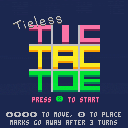
.png)






